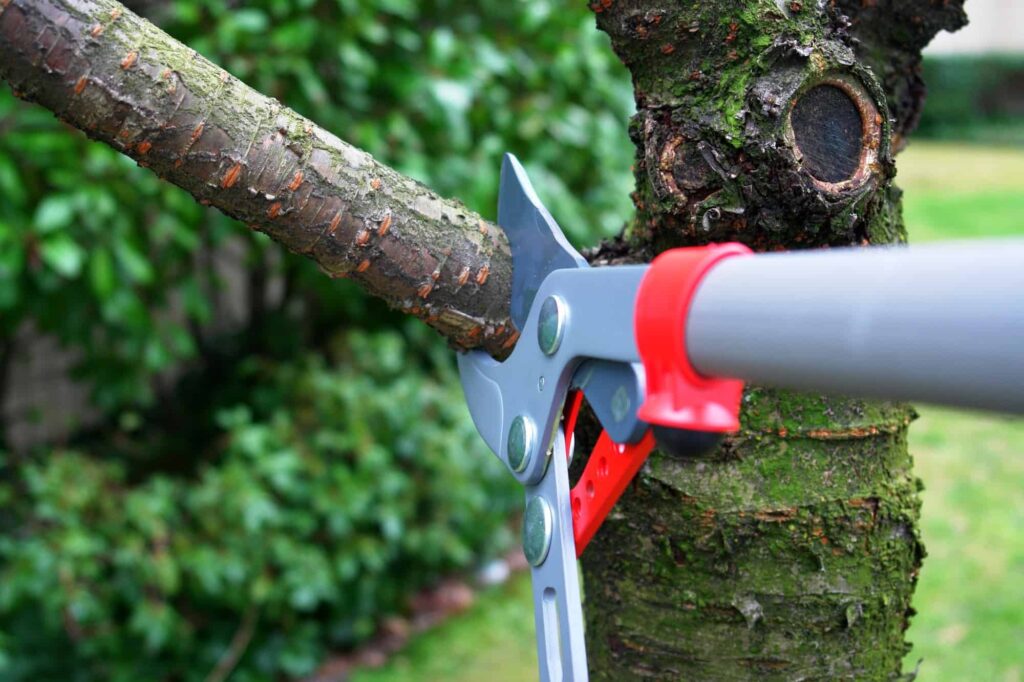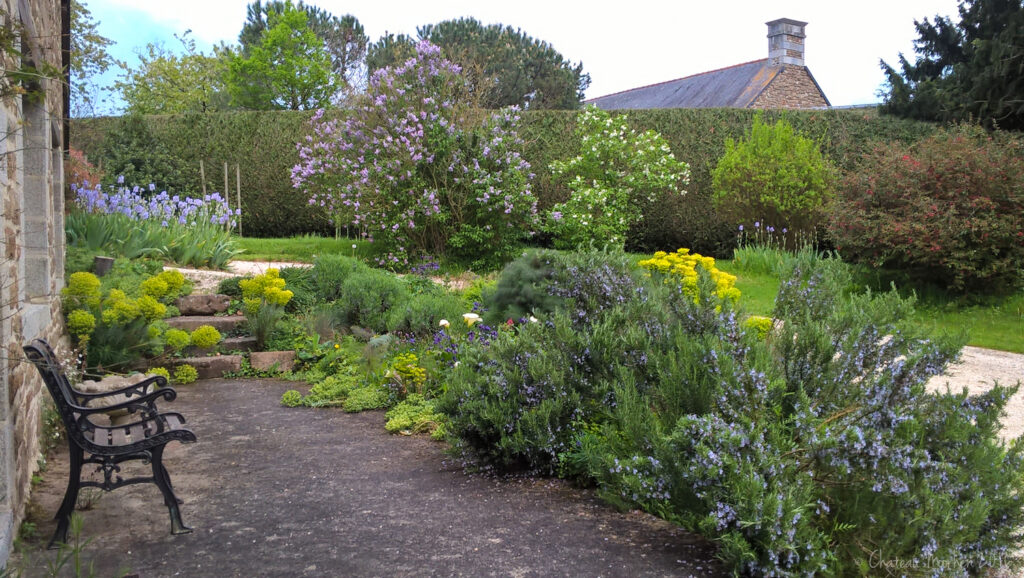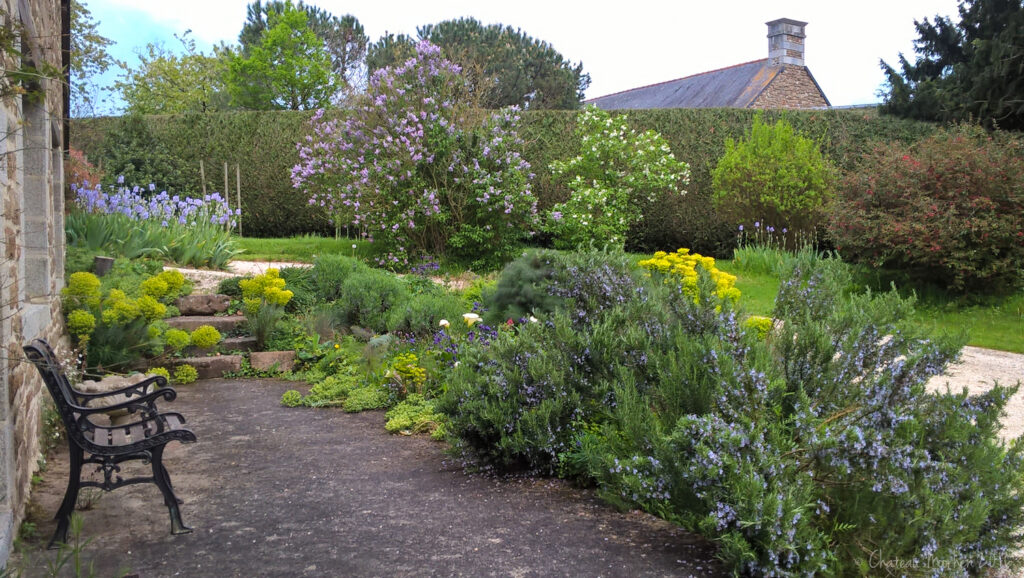Pruning is an important aspect of gardening that can help to promote healthy growth, shape plants, and control pests and diseases. February is a great time to start pruning trees and shrubs before the new growth starts. In this article, we will discuss the basics of pruning and provide tips on how to prune different types of plants in February.
First, it’s important to understand the basics of pruning. Pruning is the process of removing dead, diseased, or damaged wood from a plant. It can also be used to shape plants and control their size. Pruning stimulates new growth and improves the overall health of the plant. It is also important to know that different plants require different pruning techniques and timing, so it’s crucial to know what you are pruning and when.

When pruning in February, it’s important to remember that many trees and shrubs are dormant during this time of year. This means that they are not actively growing, which makes it a great time to prune without damaging the plant. It’s also important to note that pruning at the wrong time of year can cause harm to the plant and delay its growth.
One of the most common plants to prune in February is the fruit tree. Fruit trees should be pruned to remove any dead, diseased, or damaged wood and to shape the tree for optimal fruit production. Fruit trees should be pruned when they are dormant, which is typically in late winter or early spring. When pruning a fruit tree, be sure to remove any crossing or rubbing branches and any branches that are growing inward. This will help to improve the airflow and light penetration in the tree, which will lead to better fruit production.
Another common plant to prune in February is the rose bush. Rose bushes should be pruned to remove any dead, diseased, or damaged wood, and to shape the bush for optimal growth. When pruning a rose bush, it’s important to make sure that you are cutting back to healthy wood. It’s also important to remove any canes that are older than two years, as they will not produce as many blooms. This will help to promote new growth and a bountiful display of flowers.

Shrubs such as lilacs and hydrangeas should also be pruned in February. Shrubs such as these should be pruned to remove any dead, diseased, or damaged wood, and to shape the bush for optimal growth. It’s important to note that not all shrubs should be pruned every year. Some shrubs, such as hydrangeas, should only be pruned every few years. When pruning shrubs, be sure to remove any branches that are growing inward or crossing, which can inhibit the growth of the plant.
Another important aspect of pruning in February is the removal of any suckers, which are small, upright branches that grow from the base of a tree or shrub. Suckers should be removed because they can drain energy from the plant and compete with the main branches for nutrients and sunlight. This can inhibit the growth of the plant, and lead to a weaker plant.
Finally, it’s important to remember that pruning can also be used as a tool for pest and disease control. By removing dead, diseased, or damaged wood, you can help to prevent the spread of pests and diseases. It’s also important to make sure that you are using clean and sharp pruning tools to prevent the spread of disease.
In conclusion, pruning is an important aspect of gardening that can help to promote healthy growth, shape plants, and control pests and diseases.

